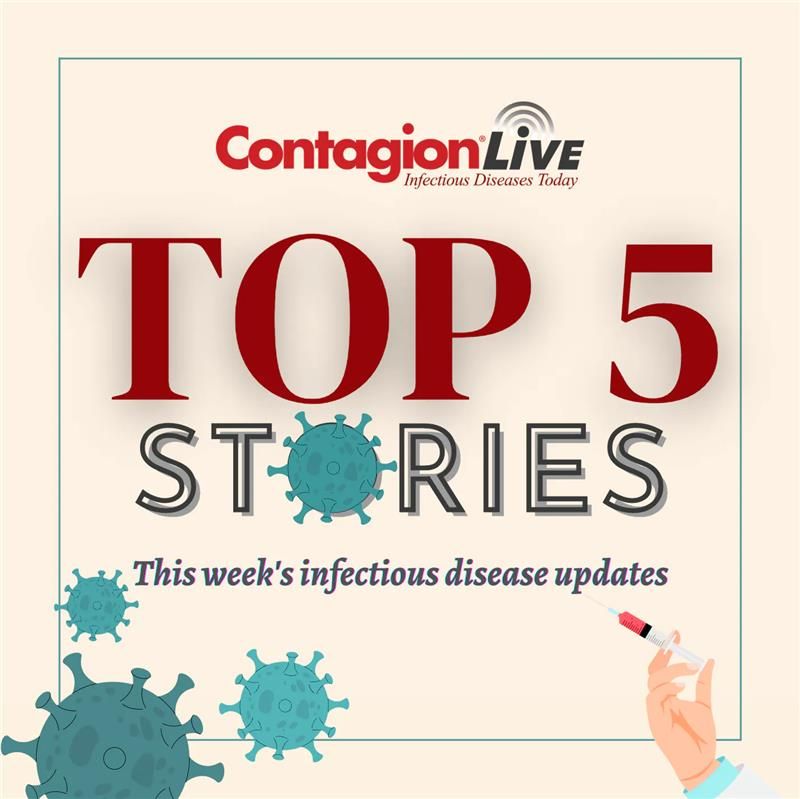Image Credit: luchschenF, stock.adobe.com

Patients with high-risk hematological cancers such as acute leukemia or those undergoing allogeneic stem cell transplant are often at extremely high risk for invasive fungal infections (IFIs) and often receive prophylactic antifungals as a preventive measure. Breakthrough IFIs (bIFIs) are a heterogeneous group of complex infections that develop despite guideline-recommended prophylactic therapy.
This systematic review set out to describe the current state of the effect of voriconazole and posaconazole in patients with suspected or proven bIFI, the management of bIFIs, and the outcomes of these infections.
This systematic review assessed 5293 entries and evaluated 300 individual studies for inclusion. A total of 1076 cases of bIFI were included, and 1093 pathogens were isolated. The prophylaxis agent used significantly affected the rate of various pathogens isolated. Mucorales species were more common in the voriconazole group, whereas Aspergillus and Fusarium species were seen more often in the posaconazole group (TABLE).The prophylactic agent used also influenced the subspecies identified in Aspergillus species infections, where non–Aspergillus fumigatus species were more frequent in the voriconazole group. Candida species were isolated in 18% of the whole population, and when the subspecies was identified (n = 122), Candida glabrata was most common in both prophylaxis groups whereas Candida parapsilosis was more common in the posaconazole group. Overall, endemic fungi were quite rare, representing less than 1% of cases. When reported, localized lung infections were the most common infections (46.5%), followed by disseminated infections, sinus or sino-orbital infections, brain infections, and other site infections.

Of the 1076 cases, only 90 cases reported therapeutic drug monitoring. When reviewed, 36% were considered subtherapeutic, defined as less than 0.5 μg/mL for voriconazole and less than 0.7 μg/mL for posaconazole. In the posaconazole group, some cases reported the specific formulation used and subtherapeutic levels were more common in the suspension group (71% vs 13%; P < .001).
The management of bIFI was described, and in most cases (82%), an agent from a different class was used. Azoles were used in 38% of cases as part of combination therapy or by themselves. In cases with reported survival data, infection-related mortality occurred in 117 (35%).
In this large pooling of bIFIs, identifying patterns and trends may further support management strategies given this extremely challenging and heterogeneous patient population. Notably, when reported, 20% to 33% of pathogens were resistant to the prophylactic antifungal used. The authors attempted to identify an explanation for the development of bIFIs, and in approximately 30% of cases, the cause was resistance to the antifungal prophylactic agent, subtherapeutic dosing, or both. This unfortunately left more than 60% of bIFIs without an identifiable explanation for their development.
A significant limitation is the widespread use of posaconazole suspension rather than the delayed-release tablet. There is considerable evidence suggesting major challenges achieving therapeutic concentrations of posaconazole when the oral suspension is used due to requirements to take it following a full meal and more frequent dosing compared with the delayed-release tablet. In more recent years, a shift to the delayed-release tablet has aided in patients achieving more reliable therapeutic drug concentrations.1
In this clinical space without formal, literature-based guidelines, this systematic review provides quality evidence to help support clinicians caring for patients with high-risk disease. The findings in this study strongly support ongoing mold prophylaxis in this patient population, with careful attention to ensure accurate dosing and consider therapeutic drug monitoring in patients with absorption or adherence concerns. The use of posaconazole delayed-release tablet instead of the oral suspension is also confirmed by these findings. Upon diagnosis of a bIFI, clinicians should consider switching antifungals to a different class and/or using an alternative azole antifungal.
Findings from this study were a great reflection of recent practice and demonstrate the challenges clinicians face when preventing and treating bIFIs in this multifaceted patient population. The findings further support efforts to complete randomized and prospective research studies that also include isavuconazole, which was not included in this study. Management of bIFIs remains a patient-specific care plan, but clinicians should feel validated that class switching and combination therapy are warranted due to a high mortality rate of more than 30%.
FEATURED ARTICLE
Boutin CA, Durocher F, Beauchemin S, Ziegler D, Abou Chakra N, Dufresne SF. Breakthrough invasive fungal infections in patients with high-risk hematological disorders receiving voriconazole and posaconazole prophylaxis: a systematic review. Clin Infect Dis. 2024;79(1):151-160. doi:10.1093/cid/ciae203








5cqkcy